Political buildings are more than just structures; they are symbols of history, power, and the societies they once served. Some were the epicenter of government decision-making, while others represented the cultural ambitions of their nations. Over time, political upheaval, economic challenges, or natural disasters have left these places abandoned. Their grand facades and empty halls carry echoes of their storied pasts. These are the political buildings whose legacies remain, even as their purposes have faded.
Palace of the Republic – Berlin, Germany

The Palace of the Republic, completed in 1976, stood as a bold statement of East Germany’s modernity and socialism. Located in the heart of Berlin, it housed the Volkskammer (People’s Chamber) and served as a cultural hub with theaters, galleries, and public spaces. After German reunification in 1990, the building was closed due to severe asbestos contamination. Its demolition began in 2006, erasing a prominent piece of the GDR’s identity. The site is now occupied by the reconstructed Berlin City Palace, symbolizing a return to pre-communist roots. The palace remains a subject of debate, representing a lost era of Germany’s divided history.
President’s Palace – Port-au-Prince, Haiti

The President’s Palace was a symbol of national pride and a centerpiece of Haitian politics. Built in 1918, its elegant white domes and colonial-inspired design reflected the country’s aspirations. However, the 2010 earthquake reduced the palace to rubble, leaving it abandoned and highlighting Haiti’s vulnerability to natural disasters. Efforts to rebuild have stalled due to economic and political instability. For years, the ruins have stood as a haunting reminder of the tragedy and the resilience of the Haitian people. Today, it represents both a loss and a hope for the future of the nation.
The Old Parliament House – Canberra, Australia
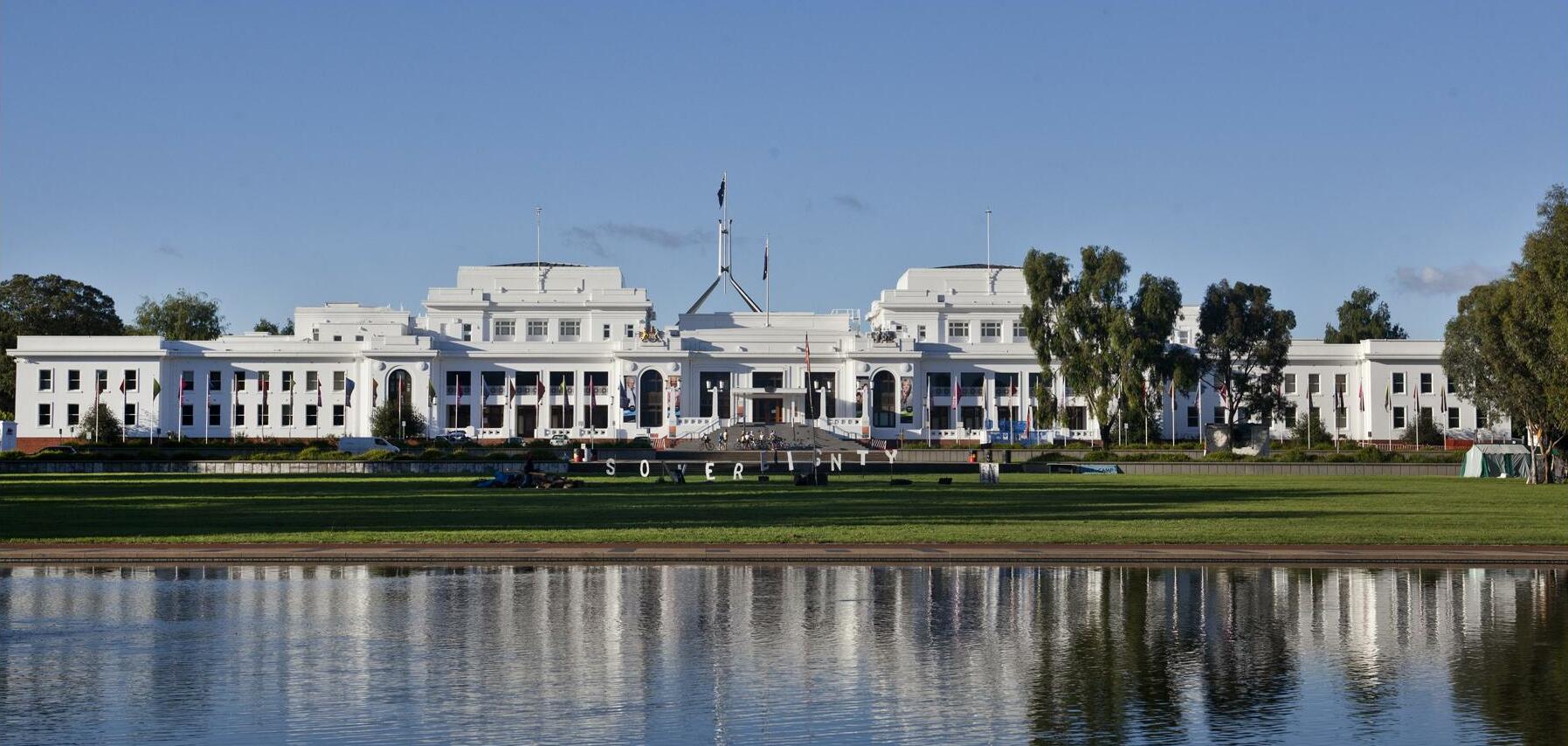
Australia’s Old Parliament House served as the political center of the nation from 1927 until 1988. This modest, functional building was the site of critical debates and decisions that shaped modern Australia. After the government moved to a larger Parliament House, the building was repurposed as a museum. While parts are well-preserved, many areas remain untouched and abandoned, preserving their historic charm. Today, it hosts exhibitions and educational programs, providing visitors with a glimpse into Australia’s political evolution. The structure remains a testament to the country’s democratic journey, though it is no longer a seat of power.
Parliament Building of Abkhazia – Sukhumi, Georgia
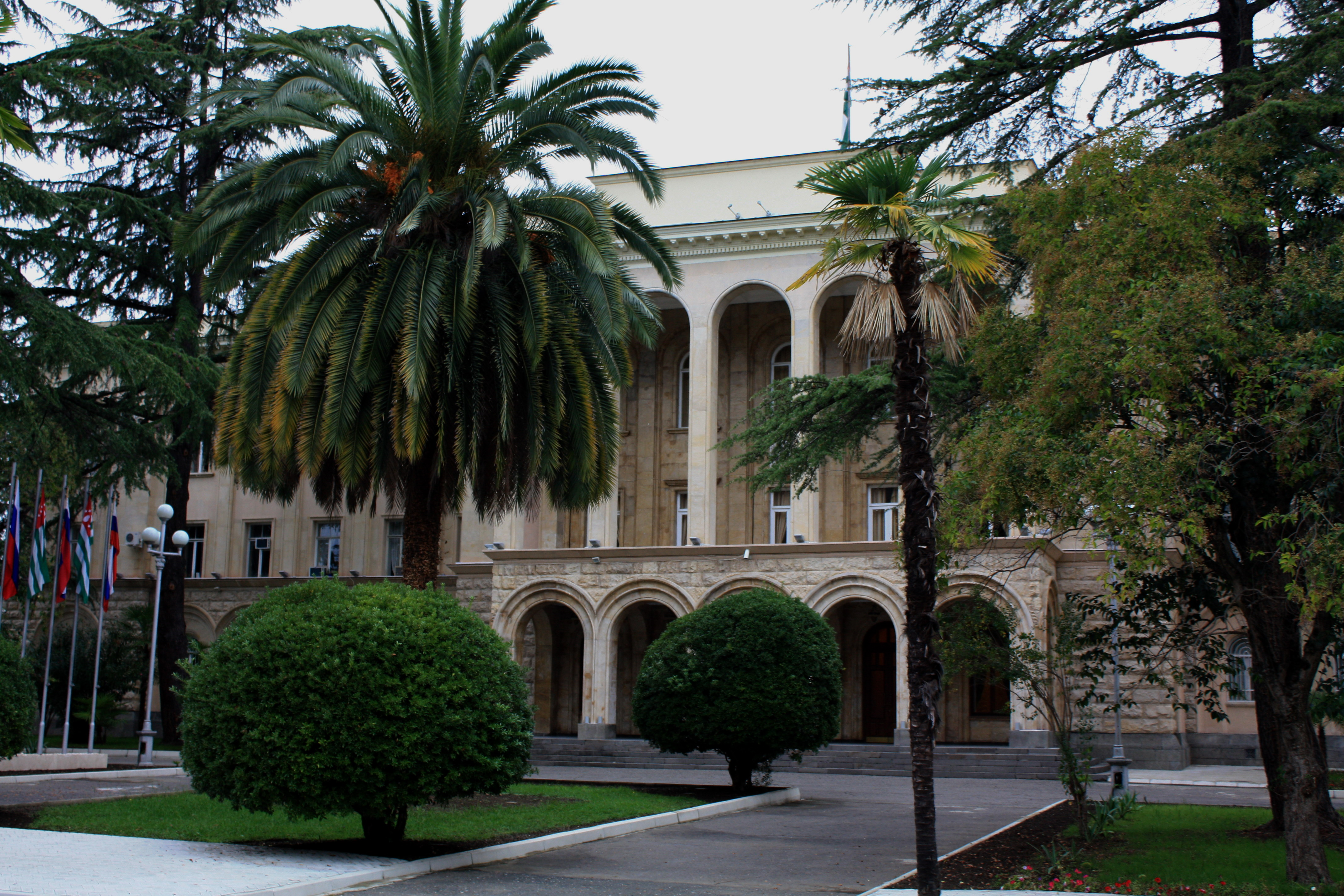
The Parliament Building of Abkhazia in Sukhumi is a Soviet-era structure with a tragic past. Built during the USSR’s rule, it became a political and administrative hub for the region. During the Georgian-Abkhaz war in the early 1990s, the building was heavily damaged, with its façade bearing scars of bombings and battles. Its abandoned, war-torn state has become a stark symbol of Abkhazia’s unresolved political status and ongoing tensions with Georgia. Tourists and locals often visit to reflect on its haunting history. The building’s decay mirrors the struggles of a region caught in geopolitical limbo.
House of the People – Bucharest, Romania (Abandoned Sections)

Romania’s House of the People, commissioned by Nicolae Ceaușescu, is a colossal structure that symbolizes both ambition and excess. Completed in the 1980s, it was intended to showcase the dictator’s vision of grandeur. The building remains partially active, housing Romania’s parliament and several museums, but vast sections remain unused and decaying. The cost of maintenance is prohibitively high, leaving many areas untouched since its construction. These abandoned spaces highlight the impracticality of its design and the extravagance of Ceaușescu’s regime. Despite its controversies, the building remains a striking landmark and one of the largest structures in the world.
Old State Capitol – Baton Rouge, Louisiana, USA

The Old State Capitol in Baton Rouge is a Gothic Revival building that served as Louisiana’s legislative hub until the 1930s. Built in 1847, its castle-like design is unique among American government buildings. It witnessed critical moments in U.S. history, including the Civil War and the Reconstruction era. After being replaced by a modern capitol building, it fell into partial disuse and was later repurposed as a museum. While much of the building is preserved, some areas remain closed due to age and neglect. Its architecture and historical significance make it a treasured symbol of Louisiana’s past.
Palácio Monroe – Rio de Janeiro, Brazil
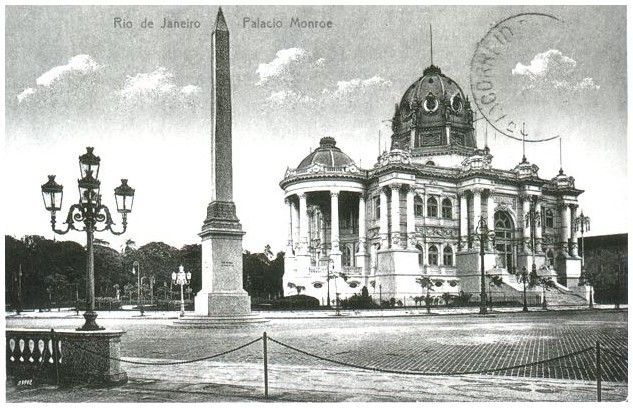
The Palácio Monroe was an architectural gem and a symbol of Brazil’s political power during the early 20th century. Originally constructed for the 1904 Louisiana Purchase Exposition in St. Louis, it was later rebuilt in Rio de Janeiro to serve as the Senate’s headquarters. The building’s neoclassical design, with intricate details and grandeur, made it a standout in the city. In the 1970s, it was controversially demolished to make way for urban development, sparking public outrage. Today, the site remains vacant, and the loss of Palácio Monroe is often lamented as a failure to preserve Brazil’s cultural and political heritage.
Old City Hall and Courthouse – Detroit, Michigan, USA

This grand building was a cornerstone of Detroit’s political and legal system in the 19th and early 20th centuries. Built in 1871, it featured Italian Renaissance-style architecture with a prominent clock tower. Over time, government functions moved to newer facilities, and the building was abandoned by 1979. Its ornate interior, once filled with bustling officials, now lies in decay. Despite numerous proposals for redevelopment, it remains unused, reflecting Detroit’s struggles with urban decline. Its striking design makes it a relic of the city’s once-thriving political past.
Château Frontenac Annex – Quebec City, Canada

This lesser-known part of the iconic Château Frontenac was once used for government meetings and events. Built in the early 20th century, it complemented the main hotel with its ornate design and historic charm. After government use declined, the annex fell into disrepair and was eventually closed. While the main Château remains a bustling tourist destination, the annex is forgotten and decaying. Its faded grandeur offers a glimpse into Quebec’s political and cultural history. Preservation debates continue, but the annex remains untouched.
Nicosia International Airport Terminal (Cyprus Government Use) – Nicosia, Cyprus
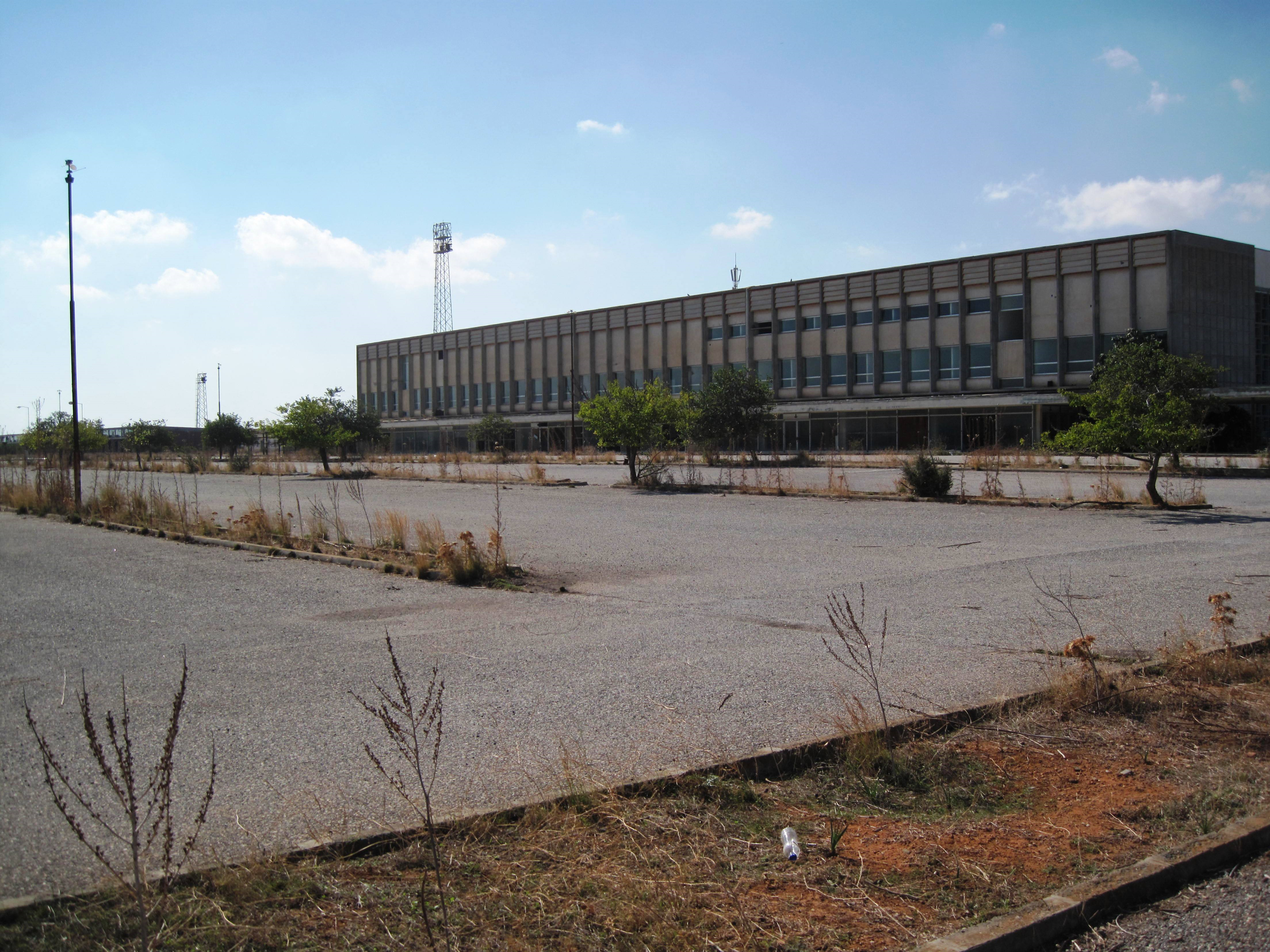
Once a key political meeting hub for Cyprus, this terminal played a vital role in the nation’s governance during its operational years. After the airport closed due to the Turkish invasion in 1974, the terminal was abandoned. Its halls, once bustling with diplomats and officials, now stand eerily silent. The surrounding area is within the UN-controlled buffer zone, further limiting access. Bullet holes and crumbling walls are stark reminders of the conflict. The terminal remains a haunting symbol of Cyprus’s unresolved divisions.
Old Capitol Building – Manila, Philippines
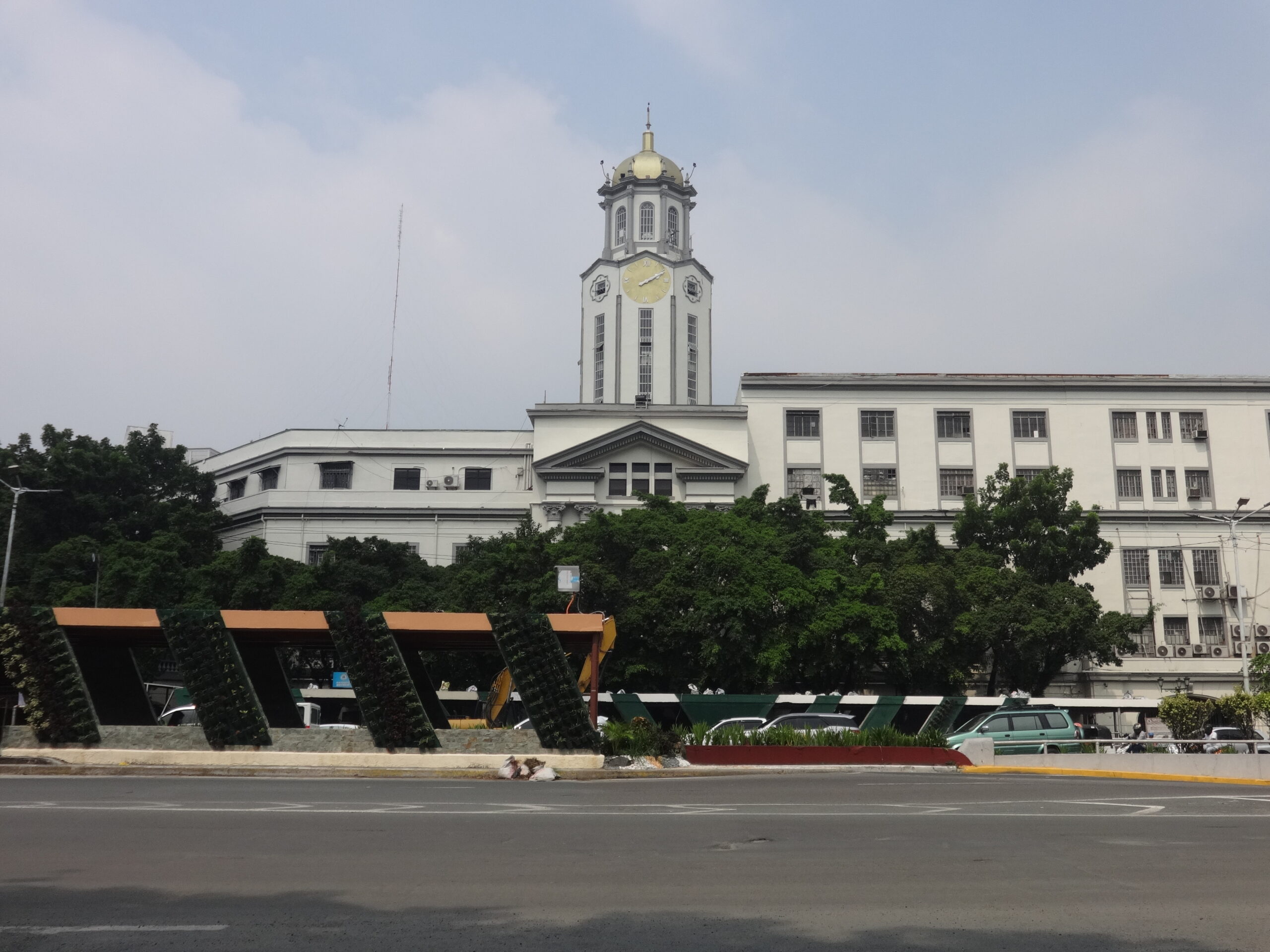
This neoclassical structure was the seat of the Philippine government during its early years of independence. Built in the 1920s, it stood as a symbol of national progress. Following World War II, the Capitol became less central to government functions and was gradually abandoned. Decay and urban sprawl have left the once-proud building in a neglected state. Its fading façade is a poignant reminder of the country’s turbulent political journey. Efforts to preserve it have been minimal, leaving its fate uncertain.
Senate House of Sri Lanka (Old Building) – Colombo, Sri Lanka

This colonial-era building housed Sri Lanka’s upper legislative chamber until it was abolished in 1971. The Senate House, with its grand colonial design, symbolized the transition from British rule to independence. After the Senate’s dissolution, the building fell into disuse and began deteriorating. While parts have been restored for occasional events, much of it remains abandoned. Its historical importance contrasts sharply with its current neglected state. Preservationists have called for action, but progress has been slow.
Independence Hall – Saigon, Vietnam (Unused Sections)

Independence Hall, also known as the Reunification Palace, was a key political hub during South Vietnam’s governance. While the main building remains a popular tourist destination, several sections have been closed and abandoned. These unused areas reflect the hall’s complex history, from colonial rule to the Vietnam War and beyond. Cracked walls and empty rooms provide a stark contrast to the restored main spaces. The hall’s abandoned sections are a reminder of the dramatic changes in Vietnam’s political landscape.
Beelitz-Heilstätten (Used as Political Meeting Space) – Brandenburg, Germany

Originally built as a military hospital, Beelitz-Heilstätten later became a venue for political meetings during Germany’s turbulent early 20th century. Its sprawling complex once hosted Nazi officials and Soviet leaders, making it a site of historical significance. After the Cold War, the facility was abandoned, leaving its eerie halls and decaying rooms untouched. Today, its graffiti-covered walls and overgrown grounds attract urban explorers. The building’s dark past and striking architecture make it a haunting reminder of political shifts in Germany’s history.
Villa Baviera (Old Political Refuge) – Parral, Chile

Villa Baviera served as a political refuge and secret meeting place during the Pinochet regime. Originally established by German settlers, it gained notoriety for its involvement in political controversies and human rights abuses. After the dictatorship ended, the villa was largely abandoned, with only a small community remaining. Overgrown paths and crumbling structures now define the once-active compound. The site’s dark history contrasts sharply with its serene surroundings in rural Chile. Its legacy continues to stir debates about the country’s past.
This article originally appeared on Rarest.org.
More from Rarest.org
16 Famous Historical Sites That Have Been Lost to Natural Disasters

Throughout history, natural disasters have wiped out cities, monuments, and entire civilizations. Read More.
15 Largest Airports in USA (by Physical Size)

The United States is home to some of the largest and busiest airports in the world. These airports span vast areas of land to accommodate millions of passengers annually. Read More.
13 Oldest Countries in Europe

Europe is home to some of the world’s oldest nations, each with rich histories and unique origins. Read More.
